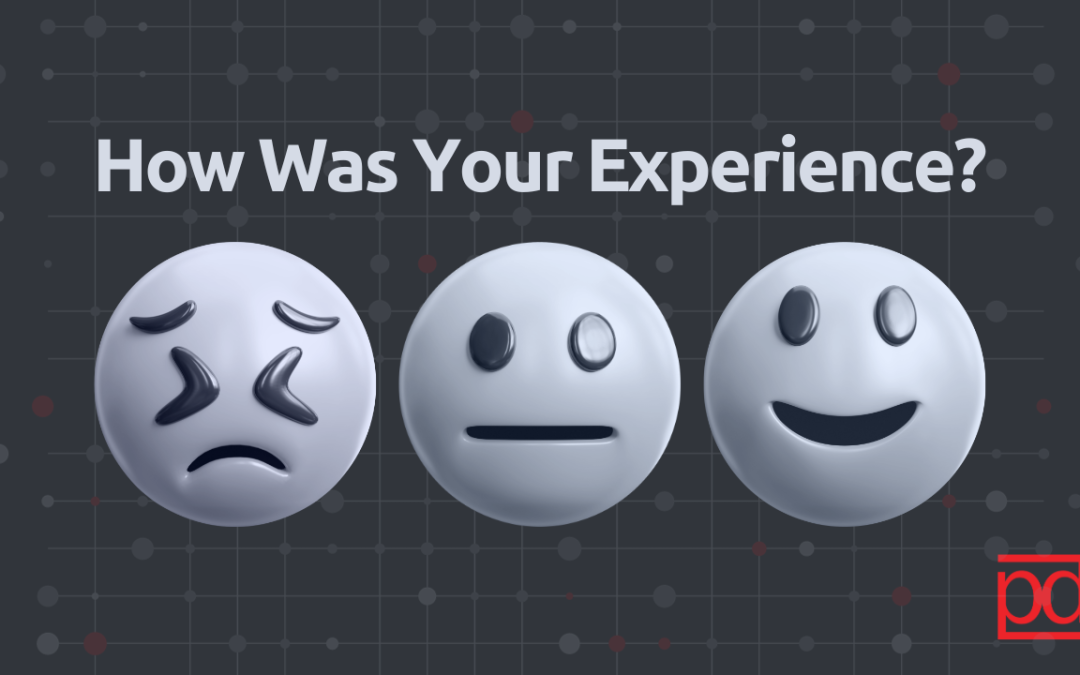Understanding and prioritizing User Experience (UX) is paramount for creating memorable, efficient, and delightful user journeys. Join us as we delve into the intricacies of user experience, unraveling the what, why, and how behind this transformative design philosophy.
What is User Experience (UX) Design?
User Experience (UX) Design is the design of elements that determine the interaction that a user has with a product/service. This includes how those elements make a user feel and how easy it is for one to accomplish their desired task (purchasing a product, signing up for an event or seminar, learning more about the company etc.). You can find UX design everywhere, from the grocery store layout to the usability of a mobile app.
What’s the difference between User Experience (UX) and User Interface (UI)?
Despite the fact that people oftentimes use these two terms interchangeably, they are in fact two different things. User Interface (UI) refers to the actual interface of a product, the visual design of the screens or the buttons they click on a website. In essence, it encapsulates all of the visual and interactive elements of a product interface from typography to color palettes to animations and more. While UX is focused on the actual users-journey to solving a problem.
Importance of UX:
Simply put, UX is important because it aims to fulfill the users’ needs and provide a positive experience to create loyal customers. But let’s dive into more specifics.
Reduces development time and costs
Research from the IBM Systems Sciences Institute has actually found that the cost of correcting a mistake discovered after a product hits market is 4-5 times as costly as fixing it during the design phase. Some might argue that this concern is less pronounced for websites. Although the impact is indeed reduced, revising a page layout is still considerably more manageable than overhauling an entire product that has already been rolled out. This could potentially necessitate redoing a significant amount of initial work, consuming additional time and, if you’re not resolving the issue yourself, incurring extra costs.
Effective UX design can increase revenue
The better your UX is, the better your design will be at solving a problem and therefore converting leads into paying customers. Imagine you have an ecommerce business and your website is not mobile responsive. How many of those users will not go through with buying your product solely due to UX issues? Short answer: a lot. Therefore, ensuring that your UX design and functionality are up to par can actually have an effect on your bottom line.
Drives brand loyalty – Can lead to positive word-of-mouth
Brand loyalty is often driven by user experience. Companies who solve their audience’s problems make them feel understood and increase customer satisfaction. Therefore increasing loyalty as they share their positive experiences via word of mouth.
The UX Process
To harness the power of User Experience (UX), it’s crucial to follow a systematic and iterative process that prioritizes the needs and preferences of your audience. So let’s dive into the process:
Step 1: Define
The first step is to determine WHAT needs to be created and why. Why does the product need to exist? Who are you creating it for? What is it solving?
Step 2: Research
In order to have good UX, you need to deeply understand your users and their needs. Both user research and market research are a key component of this step. One common method of execution for thai step is to use customer journey mapping, this allows you to see the steps your user takes as they interact with your product. Another common method is user testing which gives you more direct feedback from users.
Step 3: Analysis & Planning
Once research has been done, it’s time to compile it and deduce the findings and see how you can meet those needs. At this point you can create user personas, wireframes and other high-level plans allowing you to get a better idea of the roadmap you will create to execute this project.
Step 4: Design
At this step is when you begin to think about overall layout, navigation and the specific elements on the page. It is crucial to keep the user experience in mind at this point! How will they interact with your interface? What kind of information do they need to find easily? This is when you need to utilize both UX and UI together to make the biggest impact.
Step 5: Prototyping
Prototyping is the phase in which you can present a more realistic experience for usability testing to gain better feedback.
Step 6: Testing
Before launching it is important to test with real users. This will allow you to gain feedback and make any final updates.
Step 7: Launch
Once testing is completed and all final necessary changes are made, it’s time to implement and launch!
Step 8: Iteration
It’s important to note that after the website, app, or other digital product is launched, it is not done. The design process is ongoing and iterations will continue to come about as more people use the product and provide feedback. Over time you will continue to make refinements and small changes that improve it!
In Conclusion
User Experience (UX) serves as the thread that weaves together functionality and user satisfaction. By incorporating user insights, embracing iterative refinement, and fostering a commitment to excellence, we pave the way for seamless, enjoyable, and impactful digital experiences.

